LOS ALAMITOS, CA — Much of the world has been veering away from nuclear power, with a legacy of skepticism as a derivative of multiple meltdowns and radioactive waste spills throughout the 20th century. Given the history of nuclear energy, the societal attitude toward the concept has remained a complex and evolving narrative; what was once optimism about nuclear energy turned into the anti-nuclear movement of the 70s and 80s driven by the fatal disasters of Three Mile Island and Chernobyl. However, with the rising threat of climate change, nuclear energy has become essential as it is efficient and lacks the detrimental emissions from gas and coal.
Nations around the world have invested billions of dollars into small modular reactors (SMRs), which can ultimately provide a clean, safe, and affordable source of carbon-free energy.
These SMRs are currently under development in the United States and are fundamental to the future of clean energy; since they are about 1/10 to 1/4 the size of traditional nuclear energy plants, SMRs offer compact, simplified structures with advanced safety attributes. Varying from tens of megawatts to 300 megawatts, the advanced reactors can be utilized for desalination, power generation, and heat processing — beneficial for numerous industrial processes.
Through the Advanced SMR R&D program, the U.S. Department of Energy’s Office of Nuclear Energy has partnered with NuScale Power and Utah Associated Municipal Power Systems to present pioneer nuclear reactor technology at the Idaho National Laboratory. The program aims to accomplish domestic deployment of SMRs within the next ten years.
Unlike most currently operating reactors, some SMR designs will feature molten salt and metals as coolants and integrate backup emergency systems that should diminish the probability of events such as Three Mile Island and Chernobyl.
According to a 2020 study performed by professors at the University of British Columbia — mentioned by Bloomberg, the lifetime cost of power produced by SMRs might be ten times that of diesel fuel; these reactors could be more favorable in terms of economics.
“There are approximately 430 nuclear power reactors in the world today, and a majority of them were built a while ago, many in the 70s and 80s. In the United States, we have 94, which makes up about 20% of our total power, but 50% of our carbon-free power. Worldwide, there are roughly 60 power reactors under construction,” said Senior Vice President and Project Director at Sargent & Lundy, Kevin Huberty in a comprehensive review of SMR technology.
Currently, the state of California has one operating nuclear reactor, the Diablo Canyon Power Plant, which generates energy for more than 3 million Californians.
“California does import electricity generated by nuclear power plants [and] most of the imports are from the Palo Verde facility in Arizona into southern California,” said Justin Cochran, the Emergency Coordinator and Nuclear Advisor at the California Energy Commission.
The U.S. Nuclear Regulatory Commission (NRC) has engaged with several SMR designers over the years to create light-water reactors that generate 300MWe or less. The NCR approved a design for an SMR from NuScale Power in August 2020.
NuScale Power’s 50 megawatt power module was certified by the NRC in February resulting from technical and licensing work funded by DOE industrial awards. Additionally, by December 31, 2027, the NRC must create and execute the regulatory frameworks required for advanced reactor designs, according to the Nuclear Energy Innovation and Modernization Act (NEIMA), which was passed by the US Congress on January 3, 2018.
The company’s cutting-edge light-water system is just the seventh reactor design approved for use in the US and the first compact modular reactor to receive NRC certification. It will facilitate the deployment of technology for other domestic SMRs that are currently in development.
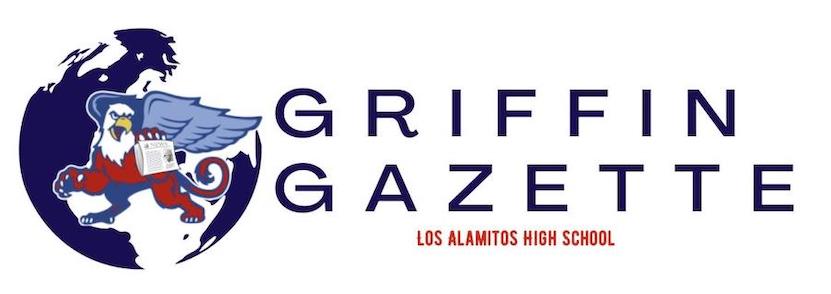


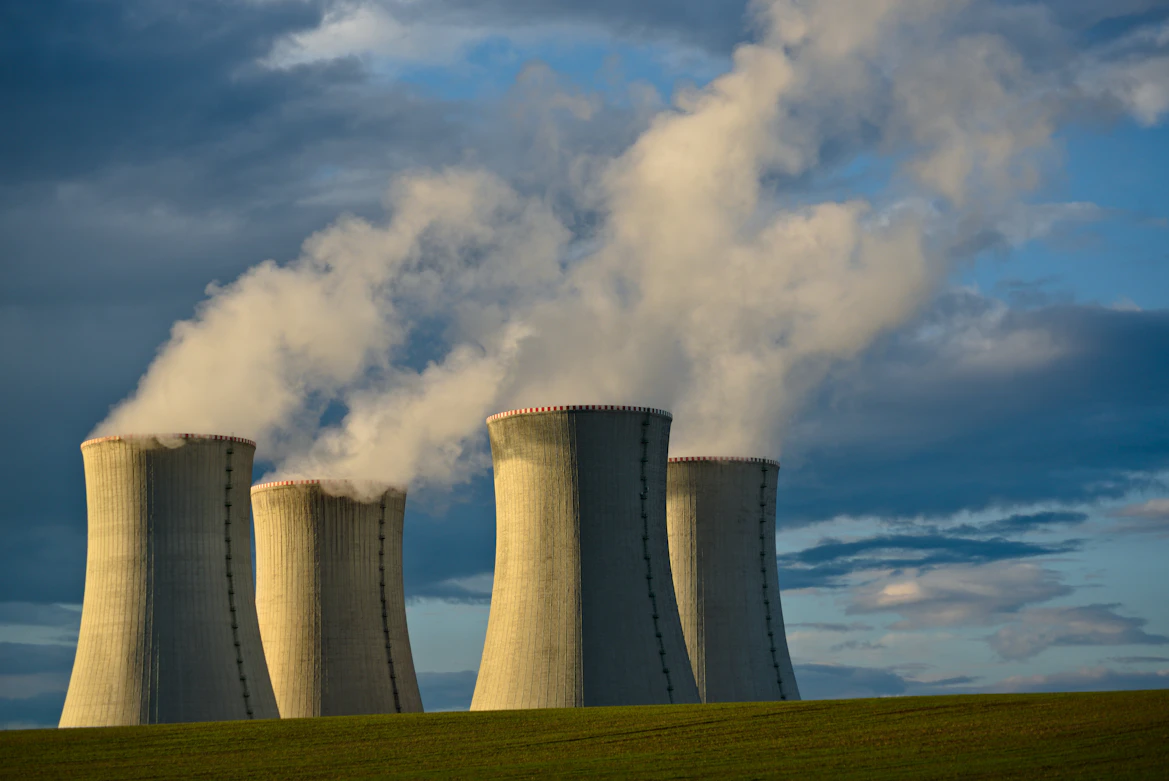





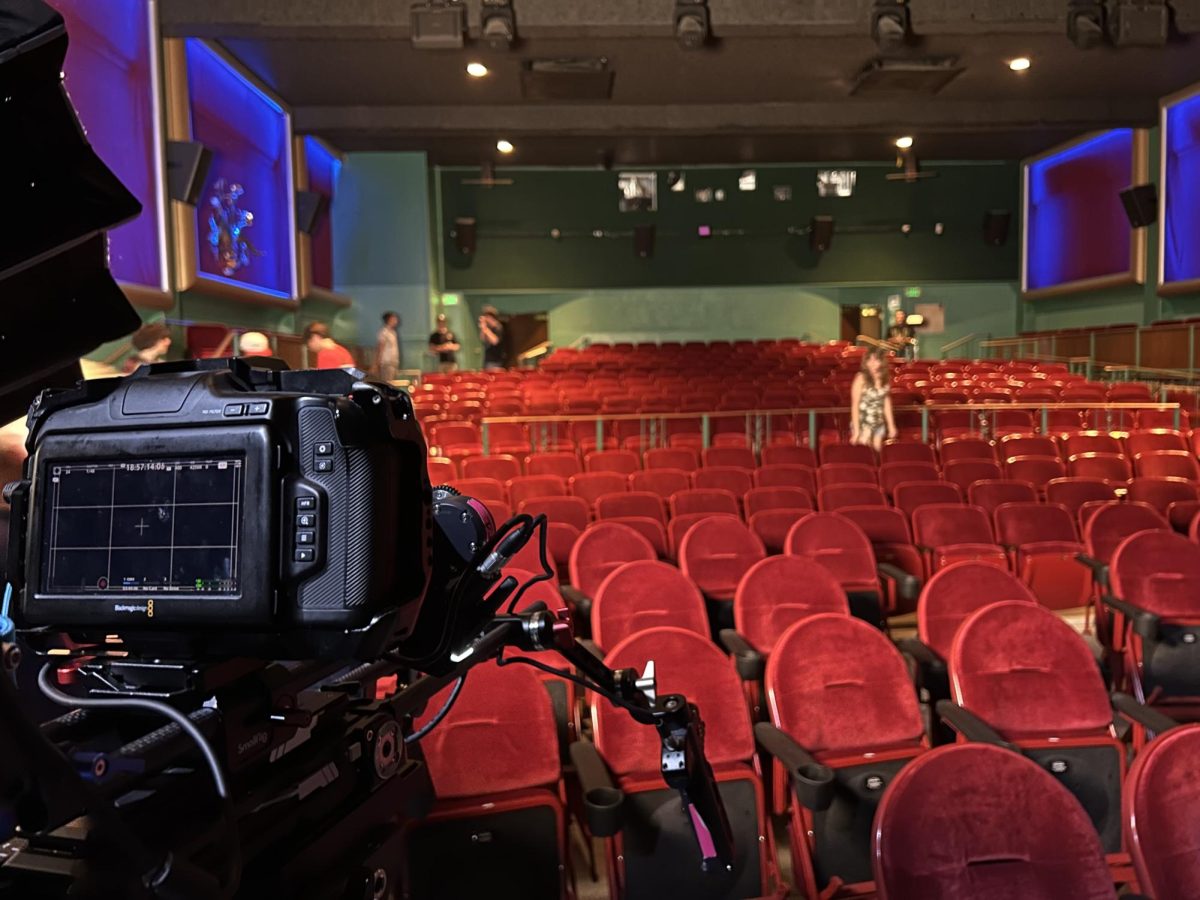



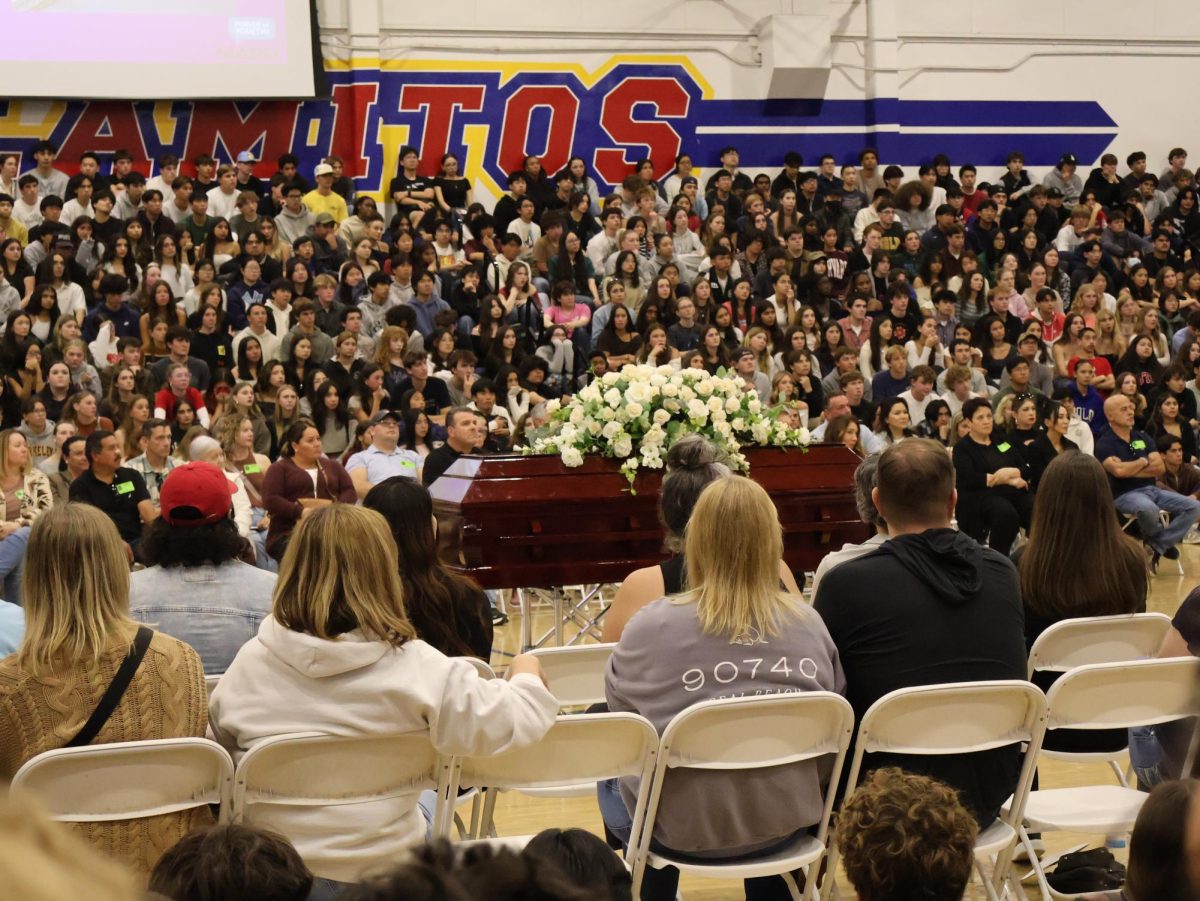
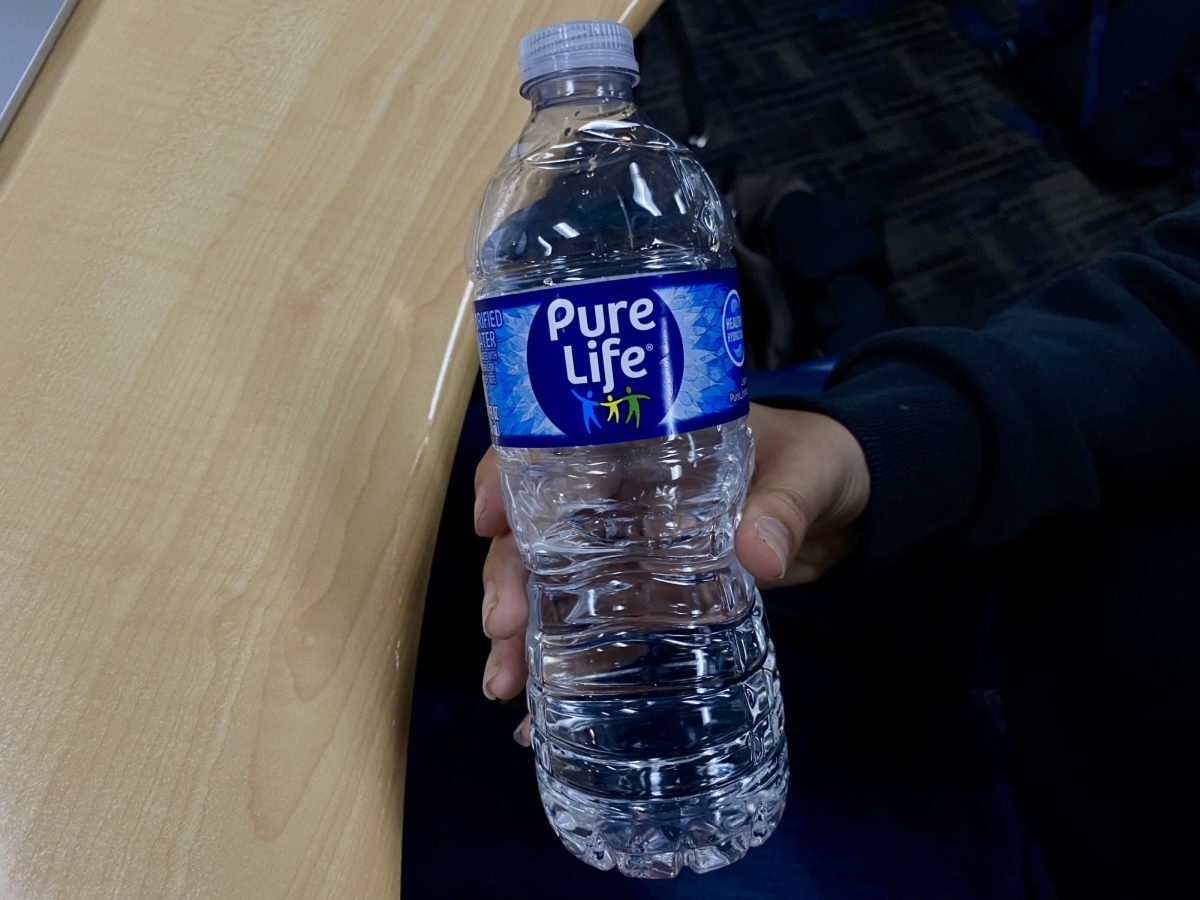
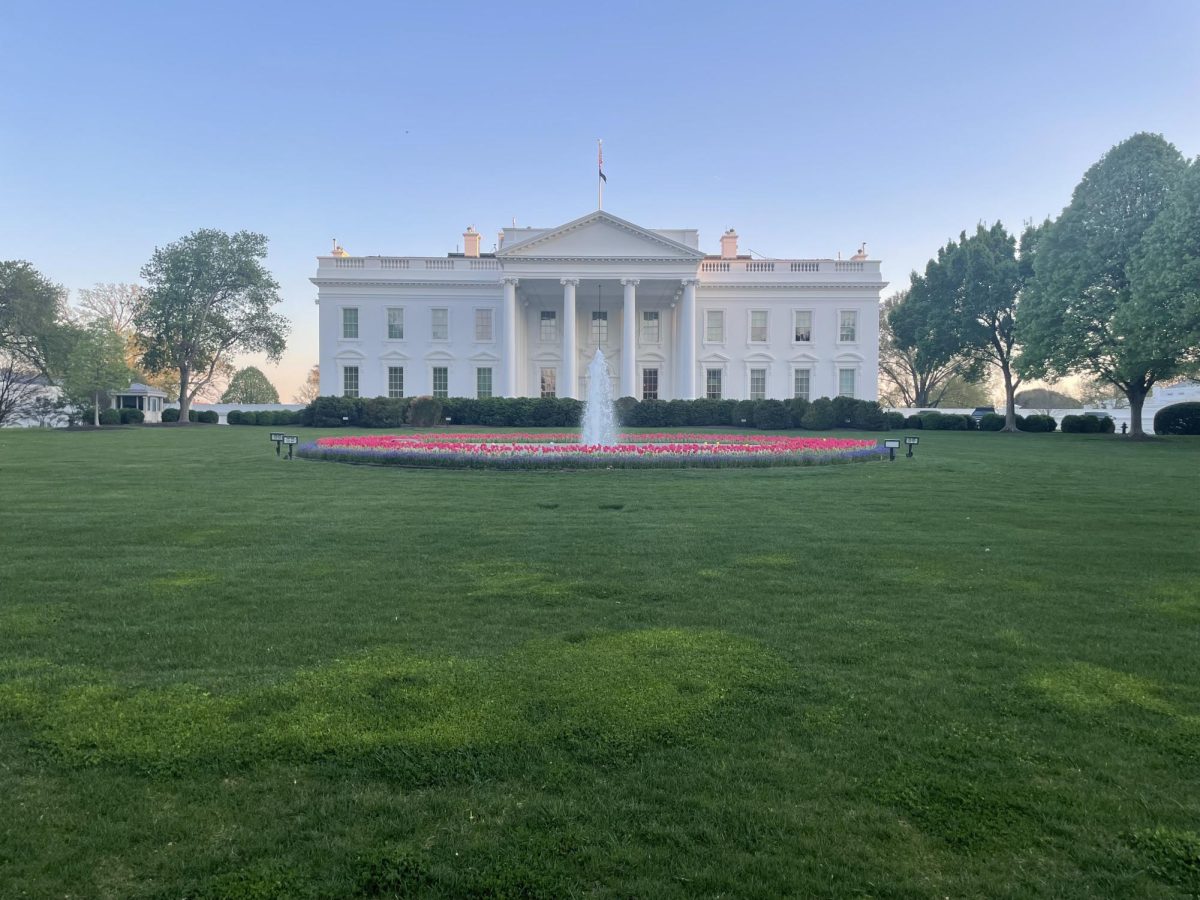
Zack Dollins • Mar 30, 2024 at 11:03 am
Exceptionally well-written article!